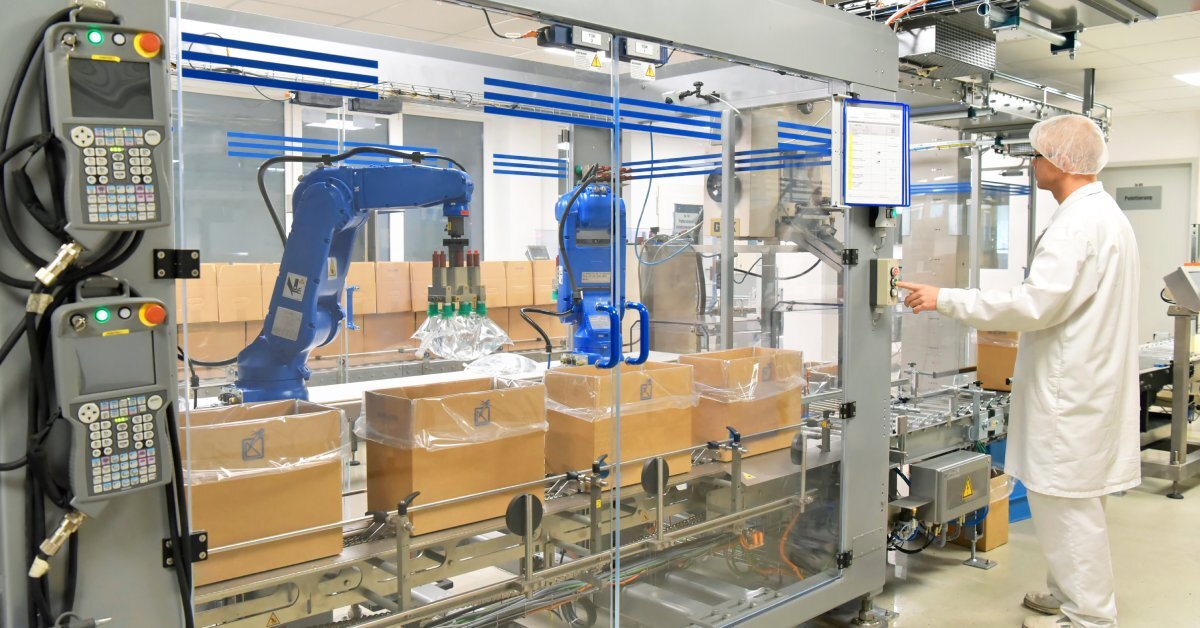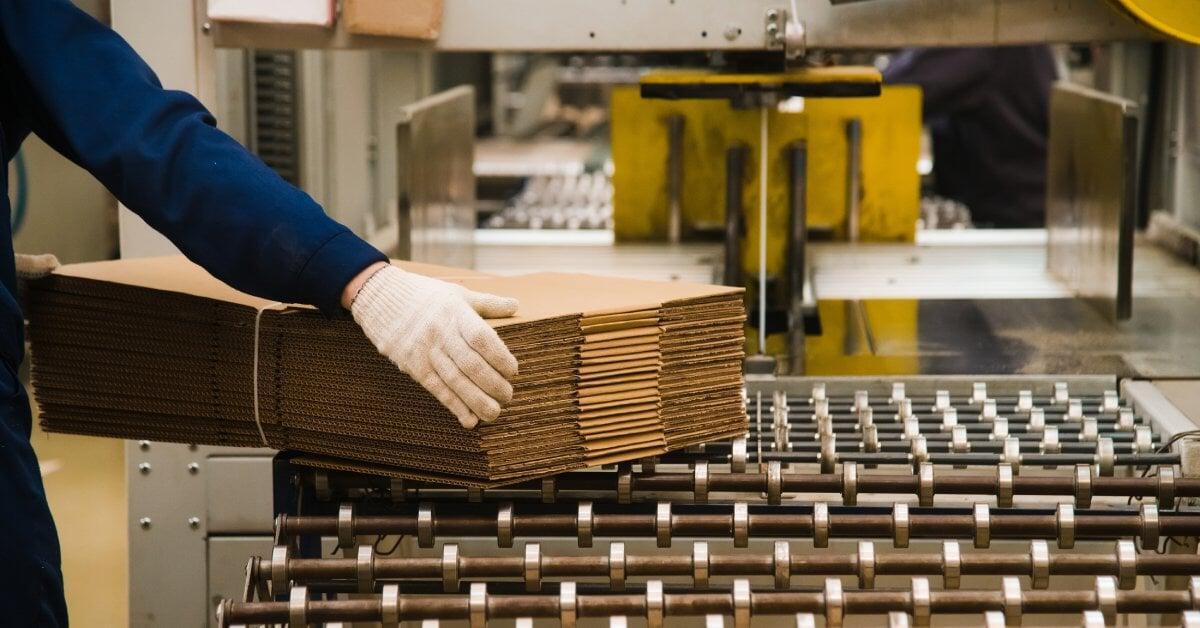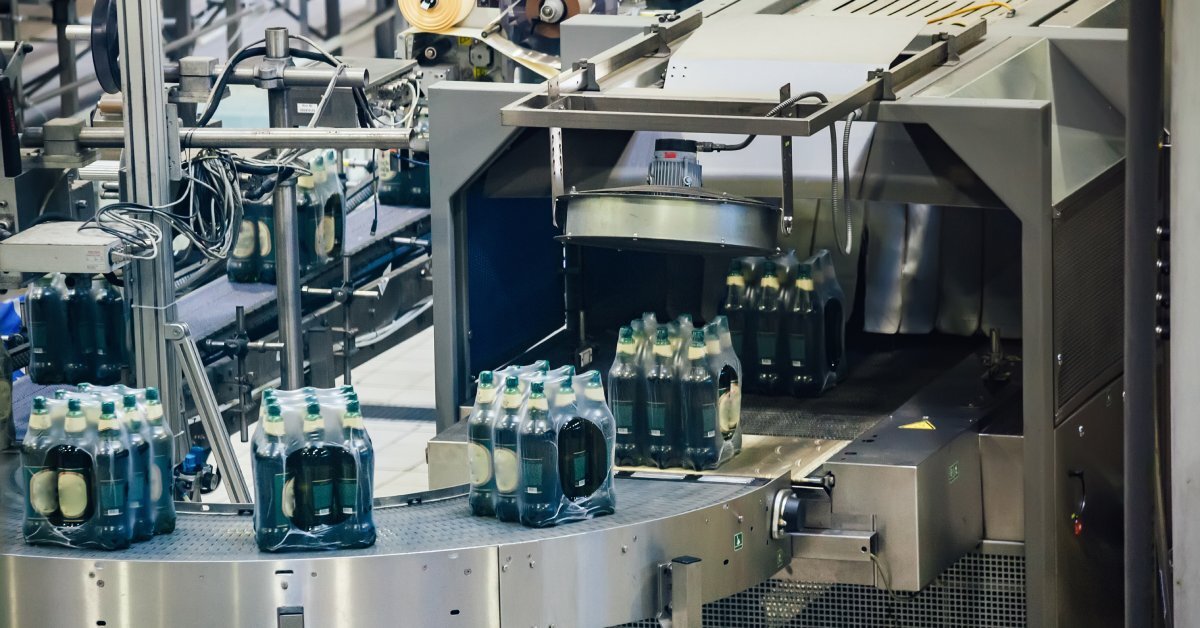
Your packaging equipment ensures products reach customers in perfect condition. When everything runs smoothly, it’s easy to overlook how critical these machines are. However, aging or inadequate equipment rarely fails without warning. Smart manufacturers know how to spot the early signs of trouble, upgrading in time to maintain efficiency and avoid costly disruptions.
Deciding when to invest in new packaging equipment means watching for shifts in performance, costs, and production capacity. Waiting for a complete breakdown can be expensive, while proactive evaluation helps uncover ways to improve efficiency, reduce costs, and boost product quality. Continue reading to learn how to recognize the signs you need to upgrade your packaging equipment.
Increased Downtime and Maintenance
Frequent breakdowns signal that your packaging equipment has reached the end of its reliable service life. When maintenance calls become routine rather than exceptional, you’re likely spending more time fixing problems than producing products. Modern equipment typically requires minimal intervention during normal operation, so constant repairs indicate underlying issues that upgrades can resolve.
Maintenance costs tend to escalate gradually, making it difficult to notice the trend until expenses become substantial. Equipment that once required annual service might suddenly need monthly attention. Replacement parts become increasingly expensive and difficult to source as manufacturers discontinue support for older models. These mounting maintenance expenses often exceed the cost of newer, more reliable alternatives.
Emergency repairs create the most significant operational disruptions. When critical packaging equipment fails unexpectedly, production lines halt while technicians diagnose problems and locate replacement components. These unplanned shutdowns affect delivery schedules, strain customer relationships, and force expensive overtime work to meet commitments.
Rising Costs
Operating expenses provide clear indicators of equipment performance decline. Energy consumption typically increases as packaging machines age and lose efficiency. Motors work harder to achieve the same output, heating and cooling systems struggle to maintain optimal temperatures, and overall power requirements gradually increase. Modern equipment incorporates energy-efficient technologies that can dramatically reduce utility costs.
Labor costs also rise when operators must constantly monitor and adjust aging equipment. Newer packaging systems require less human intervention, allowing staff to focus on higher-value activities rather than equipment babysitting. Automated systems reduce the likelihood of operator error while improving overall productivity and reducing labor expenses per unit produced.
Material waste represents another hidden cost of outdated equipment. Older machines may struggle with precise measurements, leading to overfilling containers or using excessive packaging materials. Meanwhile, inconsistent sealing can result in product spoilage and customer returns. Advanced equipment minimizes waste through precise control systems and improved reliability.

Inconsistent Packaging Quality
Product presentation directly impacts customer perception and brand reputation. When packaging equipment produces inconsistent results, the variation becomes apparent to consumers and can damage your market position. Uneven seals, crooked labels, or irregular fill levels suggest that equipment precision has deteriorated beyond acceptable limits.
Quality control becomes increasingly difficult with aging equipment. You must perform constant adjustments and monitoring to maintain standards that were once easy to uphold. Operators spend excessive time fine-tuning settings that should remain stable throughout production runs. This variability introduces uncertainty into production planning and quality assurance processes.
Customer complaints about packaging defects often increase gradually, making the trend easy to overlook initially. However, these complaints represent a larger population of dissatisfied customers who don’t contact you directly. Modern packaging equipment maintains consistent quality standards with minimal variation, protecting brand reputation and customer satisfaction.
Inability To Meet Production Demands
Growing businesses eventually outpace their existing equipment capabilities. When production capacity becomes the limiting factor in meeting customer demand, equipment upgrades become essential for continued growth. Older machines may lack the speed or flexibility needed to handle increased volume or new product variations.
Seasonal demand fluctuations reveal equipment limitations that might not be apparent during normal operations. Peak periods expose bottlenecks and capacity constraints that prevent you from capitalizing on market opportunities. Upgrading to higher-capacity equipment provides flexibility to handle demand variations without compromising on delivery commitments.
New product introductions often require packaging capabilities that existing equipment cannot provide. Different container sizes, materials, or sealing requirements may exceed current system specifications. Rather than limiting product development to existing equipment capabilities, upgrading opens possibilities for innovation and market expansion.
Lack of Automation and Integration
Modern manufacturing relies heavily on integrated systems that communicate seamlessly throughout the production process. Older packaging equipment may lack the connectivity options needed to integrate with enterprise resource planning systems, quality management software, or production monitoring tools. This isolation creates information gaps that reduce operational visibility and decision-making capabilities.
Manual processes that you can automate represent missed opportunities for efficiency improvements. Data entry, quality tracking, and production reporting consume valuable staff time that you can redirect toward more strategic activities. Contemporary equipment provides automated data collection and reporting capabilities that improve accuracy while reducing administrative burden.
Remote monitoring and predictive maintenance capabilities have become standard features in modern packaging equipment. These technologies enable proactive maintenance scheduling and early problem detection, reducing unplanned downtime and extending equipment life. Older systems lack these capabilities, forcing reactive maintenance approaches that increase costs and operational disruptions.

Safety Concerns
Workplace safety requirements continue to evolve, and older equipment may not meet current standards. Safety guards, emergency stops, and operator protection systems have improved significantly in recent years. Upgrading ensures compliance with current regulations while protecting employees from potential hazards.
Insurance companies increasingly scrutinize equipment safety features when evaluating coverage options and premium rates. Modern safety systems can reduce insurance costs while demonstrating commitment to employee welfare. Outdated equipment may result in higher premiums or coverage limitations that affect overall operational costs.
Training requirements become more complex with aging equipment that lacks modern safety features. New employees need extensive instruction on safe operating procedures for older machines, while modern equipment incorporates intuitive safety systems that reduce training time and improve the operator’s confidence.
Limited Flexibility
Market demands change rapidly, requiring packaging operations to adapt quickly to new requirements. Older equipment may lack the flexibility needed to handle different product sizes, packaging materials, or production volumes efficiently. This limitation restricts your ability to respond to customer requests or market opportunities.
Changeover times between different products or packaging configurations reveal equipment flexibility limitations. Modern systems feature quick-change capabilities that minimize production interruptions when switching between different runs. Lengthy changeover processes with older equipment reduce overall productivity and limit scheduling flexibility.
Customization requests from customers may also exceed the capabilities of existing equipment. Special packaging requirements, unique labeling needs, or non-standard container sizes might require manual processes or outsourcing arrangements. Upgrading to more flexible equipment brings these capabilities in-house while improving customer service and profit margins.
Investing in Your Packaging Future
Recognizing the signs you need to upgrade your packaging equipment provides strategic advantages that reactive approaches cannot match. Planned equipment upgrades allow for careful evaluation of options, negotiation of favorable terms, and coordinated installation schedules that minimize operational disruption. Waiting until your equipment fails will limit your replacement choices and increase costs.
The investment in modern packaging equipment pays dividends through improved efficiency, reduced operating costs, and enhanced product quality. If you’re ready to take your business to the next level, PackSmart is a trusted packaging machine supplier. Contact us today to learn how our equipment can increase productivity, uptime, and sustainability while reducing costs and waste.
